The cost of eyelid surgery in Mexico typically ranges from $1,500 to $5,000 USD, with variations based on the type of blepharoplasty (upper, lower, or both), the clinic's reputation, and the surgeon's expertise.
Eyelid surgery in Mexico presents a compelling option for those seeking cosmetic enhancement at a more accessible price point. While costs in the United States can easily exceed $4,000 for upper eyelid surgery and $8,000 for both upper and lower, Mexico often offers the same quality of care for a fraction of the price. This substantial difference is primarily due to lower overhead costs for clinics and surgeons, as well as a favorable exchange rate for many international patients.
It's important to understand that the quoted price often includes a comprehensive package. This typically covers the surgeon's fees, anesthesia, operating room charges, initial consultations, and post-operative follow-up appointments. Some clinics even offer all-inclusive packages that may incorporate hotel stays, local transportation, and even some post-operative medications, making the entire experience smoother for international patients.
What factors influence the cost of eyelid surgery in Mexico?
Several factors influence the cost of eyelid surgery in Mexico, including the specific type of procedure (upper, lower, or combination blepharoplasty), the surgeon's experience and reputation, the clinic's location and accreditation, and whether the price is part of an all-inclusive package.
The cost of blepharoplasty in Mexico is not a fixed number; it's a dynamic range influenced by several key elements. Understanding these factors can help you gauge what to expect and budget accordingly:
Type of Blepharoplasty: The extent of the surgery significantly impacts the price.
Upper Eyelid Surgery: Often the least expensive, focusing on removing excess skin and fat from the upper eyelids.
Lower Eyelid Surgery: Typically more involved, addressing under-eye bags and loose skin, and can be more costly than upper eyelid surgery alone.
Combination (Upper and Lower) Eyelid Surgery: As expected, treating both sets of eyelids will be the most expensive option.
Surgeon's Experience and Reputation: Highly sought-after plastic surgeons with extensive experience, board certifications, and a strong portfolio of successful eyelid surgery results may charge higher fees. Their expertise often translates to better outcomes and reduced risks.
Clinic Location and Facilities:
Clinics in major medical tourism hubs like Tijuana, Cancun, or Mexico City might have slightly higher base prices due to demand and premium facilities.
The quality of the clinic's facilities, including modern equipment, accreditations, and patient amenities, can also factor into the overall cost.
Inclusions in the Package: Some clinics offer "all-inclusive" packages that bundle various services. These might include:
Surgeon and anesthesia fees
Operating room costs
Pre-operative consultations and tests
Post-operative check-ups
Medications
Accommodation and local transportation
Bilingual assistance
While these packages might seem more expensive upfront, they can offer greater value and convenience, especially for international patients, by preventing unexpected additional costs. Conversely, a lower quoted price might only cover the surgery itself, leaving you to pay for other necessary expenses separately.
Is eyelid surgery in Mexico safe?
Yes, eyelid surgery in Mexico can be very safe, provided you choose a reputable clinic with board-certified plastic surgeons and adhere to all pre- and post-operative instructions. Many clinics in Mexico adhere to international safety and quality standards.
The safety of eyelid surgery in Mexico is a common concern for patients considering medical tourism. The good news is that Mexico has many highly qualified and experienced plastic surgeons who have often received training in the United States, Europe, or other internationally recognized institutions. Many clinics in popular medical tourism cities are modern, well-equipped, and maintain high standards of hygiene and patient care, often comparable to those found in developed countries.
To ensure your safety, it's crucial to do thorough research:
Verify Surgeon Credentials: Look for surgeons who are board-certified by the Mexican Council of Plastic, Aesthetic, and Reconstructive Surgery (CMCPER) or other recognized international boards.
Check Clinic Accreditations: Reputable clinics may have international accreditations or affiliations that demonstrate their commitment to quality and safety.
Read Patient Reviews: Look for genuine patient testimonials and before-and-after photos to get an idea of the surgeon's and clinic's reputation.
Communicate Clearly: Ensure there's clear communication with the medical staff, and that any questions or concerns you have are addressed thoroughly before your arrival.
What is included in an all-inclusive eyelid surgery package in Mexico?
An all-inclusive eyelid surgery package in Mexico typically covers the surgeon's fees, anesthesia, operating room costs, pre-operative consultations, post-operative check-ups, and often includes accommodation, local transportation (airport/hotel to clinic), and sometimes initial medications.
Many clinics in Mexico, particularly those catering to international patients, offer all-inclusive packages for blepharoplasty. These packages are designed to provide a seamless and stress-free experience, minimizing the need for patients to worry about hidden costs or logistical challenges. While the exact inclusions can vary between clinics, a comprehensive package usually covers the following:
Medical Fees:
Surgeon's fee
Anesthesiologist's fee
Operating room facility charges
Pre-operative blood tests and medical evaluations
Post-operative follow-up appointments
Accommodation: A certain number of nights at a partner hotel or recovery facility.
Transportation: Airport pick-up and drop-off, as well as transport between your accommodation and the clinic for appointments and surgery.
Medications: Initial pain medication, antibiotics, or eye drops needed for your recovery.
Patient Support: Access to a bilingual assistant or coordinator to help with communication and logistics.
It's vital to get a detailed breakdown of what's included in any package before committing. Always ask for a written quote that clearly outlines all services and potential additional costs, such as extended stays, specialized medications, or unforeseen complications.
How long does recovery take after eyelid surgery in Mexico?
Initial recovery from eyelid surgery in Mexico typically takes 1 to 2 weeks, with most bruising and swelling subsiding. Full results become apparent within 3 to 6 months as residual swelling resolves.
The recovery period after blepharoplasty is generally manageable, and most patients can return to light activities relatively quickly. Here’s a general timeline for recovery:
First Few Days (Day 1-3): You will experience some swelling, bruising, and mild discomfort around the eyes. Cold compresses are highly recommended to minimize these symptoms. Your vision might be temporarily blurry due to swelling or ointment.
First Week (Day 4-7): Sutures (if external) are usually removed around day 5-7. Bruising and swelling will start to subside noticeably. You should avoid strenuous activities, heavy lifting, and bending over.
Second Week (Day 8-14): Most visible bruising and swelling should have significantly diminished, allowing you to return to work or social activities without obvious signs of surgery. You can typically resume light exercise.
First Few Months (Month 1-6): Residual swelling will continue to resolve gradually, and the final results of your eyelid surgery will become more apparent. The incisions will fade over time and typically become inconspicuous.
During your recovery in Mexico, your surgeon will provide specific post-operative instructions, which may include:
Keeping your head elevated.
Applying cold compresses regularly.
Using prescribed eye drops or ointments.
Avoiding rubbing your eyes.
Protecting your eyes from sun and wind with sunglasses.
What are the types of eyelid surgery offered in Mexico?
The main types of eyelid surgery offered in Mexico include upper blepharoplasty (to address droopy upper eyelids), lower blepharoplasty (to reduce under-eye bags and loose skin), and transconjunctival blepharoplasty (for lower eyelid fat removal without external incisions).
When considering blepharoplasty in Mexico, it's helpful to understand the different approaches available:
Upper Blepharoplasty: This procedure focuses on the upper eyelids. It involves removing excess skin and sometimes small amounts of fat that can cause a hooded appearance, impair vision, or make you look tired. The incision is typically made in the natural crease of the upper eyelid, making it very discreet once healed. This is a highly effective way to open up the eyes and achieve a more youthful and alert look.
Lower Blepharoplasty: This addresses concerns with the lower eyelids, primarily puffiness or "bags" caused by protruding fat pads and loose, wrinkled skin. The surgeon can remove or reposition fat, tighten muscles, and trim excess skin. Incisions for lower eyelid surgery can be made just below the lash line (transcutaneous) or inside the eyelid (transconjunctival).
Transconjunctival Blepharoplasty: This is a specific technique for lower eyelid surgery where the incision is made inside the lower eyelid, meaning there are no visible external scars. It is primarily used to remove or reposition fat and is ideal for patients who do not have significant excess skin that needs to be removed.
Double Eyelid Surgery (Asian Blepharoplasty): While less common for Western patients, some clinics in Mexico also specialize in creating or enhancing a crease in the upper eyelid for individuals of Asian descent who desire a more defined "double eyelid" appearance.
During your consultation, your surgeon will assess your individual needs and recommend the most appropriate type of eyelid surgery to achieve your desired aesthetic goals.
What qualifications should I look for in a plastic surgeon for eyelid surgery in Mexico?
For eyelid surgery in Mexico, look for a board-certified plastic surgeon, specifically by the Mexican Council of Plastic, Aesthetic, and Reconstructive Surgery (CMCPER). Also, check for experience in blepharoplasty, positive patient reviews, and clear communication.
Choosing the right plastic surgeon is arguably the most critical step when planning your eyelid surgery in Mexico. Here’s what to look for:
Board Certification: The gold standard is certification by the Mexican Council of Plastic, Aesthetic, and Reconstructive Surgery (CMCPER). This certification indicates that the surgeon has completed rigorous training, passed comprehensive exams, and adheres to high professional standards.
Experience in Blepharoplasty: While board certification is essential, specialized experience in eyelid surgery is also crucial. Ask how many blepharoplasty procedures the surgeon performs annually and request to see before-and-after photos of their previous patients with similar concerns to yours.
Clinic Accreditation and Facilities: Ensure the clinic where the surgery will be performed is accredited and has modern, well-maintained operating rooms. This demonstrates a commitment to patient safety and quality care.
Patient Testimonials and Reviews: Online reviews on platforms like Google, medical tourism forums, or the clinic's website can provide insights into other patients' experiences with the surgeon and clinic.
Communication and Rapport: You should feel comfortable communicating with your surgeon and their staff. They should be able to answer all your questions clearly, explain the procedure in detail, and discuss potential risks and expected outcomes.
Are there any hidden costs for eyelid surgery in Mexico?
While many clinics in Mexico offer all-inclusive eyelid surgery packages, hidden costs can arise if you don't confirm what's included. Potential hidden costs could be for additional nights of accommodation, unexpected pre-operative tests, post-operative medications, or follow-up visits not covered in the initial quote.
To avoid unexpected expenses when getting eyelid surgery in Mexico, thorough clarification of the quote is essential. While many reputable clinics aim for transparency, some factors might not be explicitly covered in a basic price quote:
Pre-operative Tests: Basic blood tests are often included, but if additional specialized tests (e.g., cardiac evaluation) are required based on your health history, these might be extra.
Medications: While initial post-operative medications are often included in packages, long-term prescriptions or specific brands might not be.
Extended Stays: If your recovery requires you to stay longer than the specified number of nights in an all-inclusive package, additional accommodation costs will apply.
Travel Insurance: This is a crucial, often overlooked cost. Medical travel insurance can cover unforeseen complications or extended stays.
Personal Expenses: Food, entertainment, shopping, and other personal expenses during your stay are typically not included.
Follow-up Visits: While initial post-operative check-ups are usually covered, future check-ups once you return home or if you need to revisit Mexico might not be.
Always request a detailed, itemized quote and ask direct questions about what is and isn't included. A transparent clinic will be happy to provide this information.
What are the benefits of choosing Mexico for eyelid surgery?
Choosing Mexico for eyelid surgery offers significant cost savings (often 50-70% less than US prices), access to highly experienced, often US-trained, board-certified plastic surgeons, modern clinics with advanced technology, and convenient accessibility for North American patients.
Mexico has emerged as a top destination for medical tourism, and blepharoplasty is one of the procedures that highlights its advantages:
Cost-Effectiveness: This is arguably the biggest draw. The significant cost savings compared to countries like the United States, Canada, and parts of Europe allow patients to undergo quality procedures that might otherwise be financially out of reach.
High Quality of Care: Many Mexican plastic surgeons are highly trained, often with international experience and certifications. Clinics in popular medical tourism cities boast state-of-the-art equipment and adhere to international standards of safety and care.
Experienced Surgeons: Due to the volume of international patients seeking cosmetic procedures, Mexican surgeons often gain extensive experience in a wide range of procedures, including eyelid surgery.
Accessibility: For patients from the United States and Canada, Mexico is easily accessible, often requiring only a short flight or even a drive across the border to cities like Tijuana.
Minimal Wait Times: Unlike some countries where there might be long waiting lists for cosmetic procedures, patients can often schedule their eyelid surgery in Mexico relatively quickly.
Tourism Opportunities: Patients can combine their medical trip with a vacation, enjoying Mexico's culture, food, and attractions during their recovery, provided their health allows.
How long should I plan to stay in Mexico for eyelid surgery?
You should plan to stay in Mexico for approximately 7 to 10 days for eyelid surgery. This allows for initial consultations, the surgical procedure, and essential post-operative check-ups to ensure proper healing before returning home.
A typical stay for blepharoplasty in Mexico is designed to ensure you receive adequate pre-operative preparation and post-operative care. Here’s a breakdown of what that might look like:
Arrival (Day 1): Arrive in Mexico, check into your accommodation.
Consultation and Pre-op (Day 2-3): You'll have your in-person consultation with the surgeon, undergo necessary pre-operative tests (blood work, etc.), and receive final instructions for your surgery. This also allows for any last-minute questions to be answered.
Surgery Day (Day 3-4): The eyelid surgery procedure itself. You'll spend a few hours at the clinic or hospital.
Initial Recovery (Day 5-7): This is when most of the immediate swelling and bruising occur. You'll have your first post-operative check-up, and sutures might be removed if external. During this time, it's best to rest and follow your surgeon's instructions.
Final Check-up and Departure (Day 8-10): Before you return home, you'll have a final check-up to ensure your healing is progressing well and that you are fit to travel. This period also allows for enough time for the initial swelling to go down significantly, making you more comfortable for your journey.
While some patients might opt for a shorter stay, extending your time slightly can offer peace of mind, allowing more time for any minor adjustments or concerns to be addressed by your medical team.
What are the potential risks of eyelid surgery?
Potential risks of eyelid surgery include temporary blurred vision, dry eyes, swelling, bruising, infection, difficulty closing eyes (rare), asymmetry, and scarring. Serious complications are rare with an experienced surgeon.
Like any surgical procedure, blepharoplasty carries some potential risks, though serious complications are uncommon, especially when performed by a qualified and experienced surgeon. It's important to be aware of these before proceeding:
Temporary Side Effects:
Swelling and Bruising: This is normal and expected, usually subsiding within 1-2 weeks.
Dry Eyes: Temporary dryness, irritation, or sensitivity to light can occur. Eye drops can help manage this.
Blurred Vision: Temporary blurred vision may occur due to swelling or ointments.
Discomfort/Pain: Mild to moderate discomfort is common and manageable with pain medication.
Less Common Risks:
Infection: Rare, but possible. Adhering to post-operative hygiene is crucial.
Bleeding/Hematoma: Collection of blood under the skin.
Asymmetry: Slight differences between the two eyelids, though experienced surgeons strive for symmetry.
Difficulty Closing Eyes: Rarely, temporary or permanent difficulty closing the eyes, especially at night, can occur if too much skin is removed.
Ectropion: A rare complication where the lower eyelid turns outward, exposing the inner surface. This may require further surgery.
Scarring: While incisions are typically hidden and fade well, there is always a minimal risk of visible scarring.
Vision Changes: Extremely rare, but serious complications like vision loss are a theoretical risk.
Your surgeon will discuss all potential risks with you during the consultation and explain how they are minimized. Following all pre- and post-operative instructions diligently is key to a smooth recovery and minimizing complications.
What preparations are needed before eyelid surgery in Mexico?
Before eyelid surgery in Mexico, you'll need to undergo medical evaluations, stop certain medications (like blood thinners), avoid smoking and alcohol, arrange for post-operative care, and plan your travel and accommodation logistics.
Proper preparation is crucial for a successful blepharoplasty outcome and a smooth experience. Your Mexican clinic and surgeon will provide detailed instructions, but generally, preparations include:
Medical Evaluation:
Consultation: A thorough discussion with your surgeon about your medical history, current medications, allergies, and aesthetic goals.
Physical Examination: Your surgeon will examine your eyes and surrounding facial structures.
Blood Tests and Other Diagnostics: You'll likely need blood tests, and sometimes an EKG or other evaluations to ensure you are healthy enough for surgery.
Medication Review:
You will be advised to stop taking blood-thinning medications (e.g., aspirin, ibuprofen, certain herbal supplements) at least two weeks before surgery to minimize bruising and bleeding.
Discuss all medications, vitamins, and supplements you are currently taking with your surgeon.
Lifestyle Adjustments:
Smoking: If you smoke, you will be strongly advised to stop several weeks before surgery, as smoking can impair healing and increase complication risks.
Alcohol: Avoid alcohol for at least a week prior to surgery.
Logistical Planning:
Travel and Accommodation: Book your flights and ensure your accommodation is suitable for recovery (quiet, comfortable).
Companion: Arrange for a companion to accompany you, especially immediately after surgery, to assist with transportation and initial care.
Time Off: Plan for sufficient time off work or other responsibilities for your recovery period.
Post-operative Supplies: Have cold compresses, comfortable clothing, and any prescribed medications ready for your return to accommodation.
Will eyelid surgery in Mexico leave noticeable scars?
No, eyelid surgery in Mexico typically leaves very discreet scars that are hidden within the natural creases of the eyelids or inside the eyelid, making them largely unnoticeable once healed.
One of the common concerns patients have about blepharoplasty is the potential for visible scarring. Fortunately, plastic surgeons performing eyelid surgery are highly skilled in placing incisions in areas where they are naturally camouflaged.
Upper Eyelid Surgery: For upper blepharoplasty, the incision is made in the natural crease of the upper eyelid. Once healed, this line blends seamlessly with your natural eyelid fold, making it virtually invisible when your eyes are open.
Lower Eyelid Surgery (Transcutaneous): If excess skin is removed from the lower eyelid, the incision is made just below the lash line. This area heals remarkably well, and the fine line typically becomes imperceptible over time, often resembling a natural crease or wrinkle.
Lower Eyelid Surgery (Transconjunctival): For patients who primarily need fat removal in the lower eyelids and have good skin elasticity, the incision can be made inside the lower eyelid (transconjunctival approach). This technique leaves no external visible scar whatsoever.
With proper wound care and adherence to post-operative instructions (such as avoiding sun exposure and applying any recommended scar creams), the scars from eyelid surgery in Mexico tend to be very minimal and fade significantly over several months, becoming practically unnoticeable to others.
If you're considering eyelid surgery and want to explore your options further, including reputable clinics and experienced surgeons in Mexico, we encourage you to connect with PlacidWay. We can help you navigate the process and find a solution that fits your needs and budget.

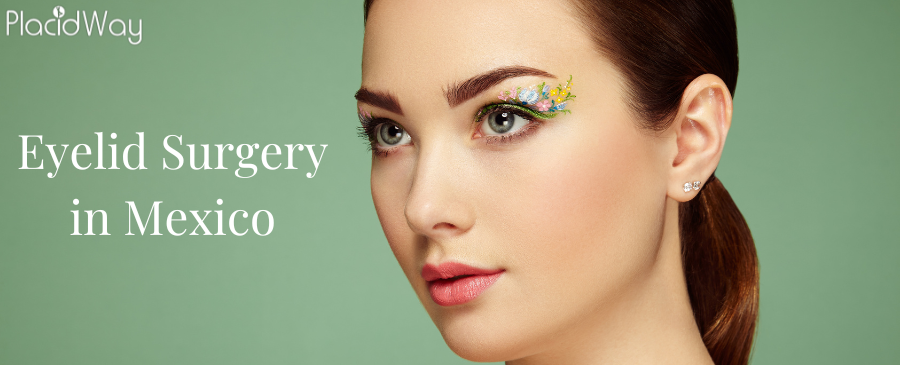
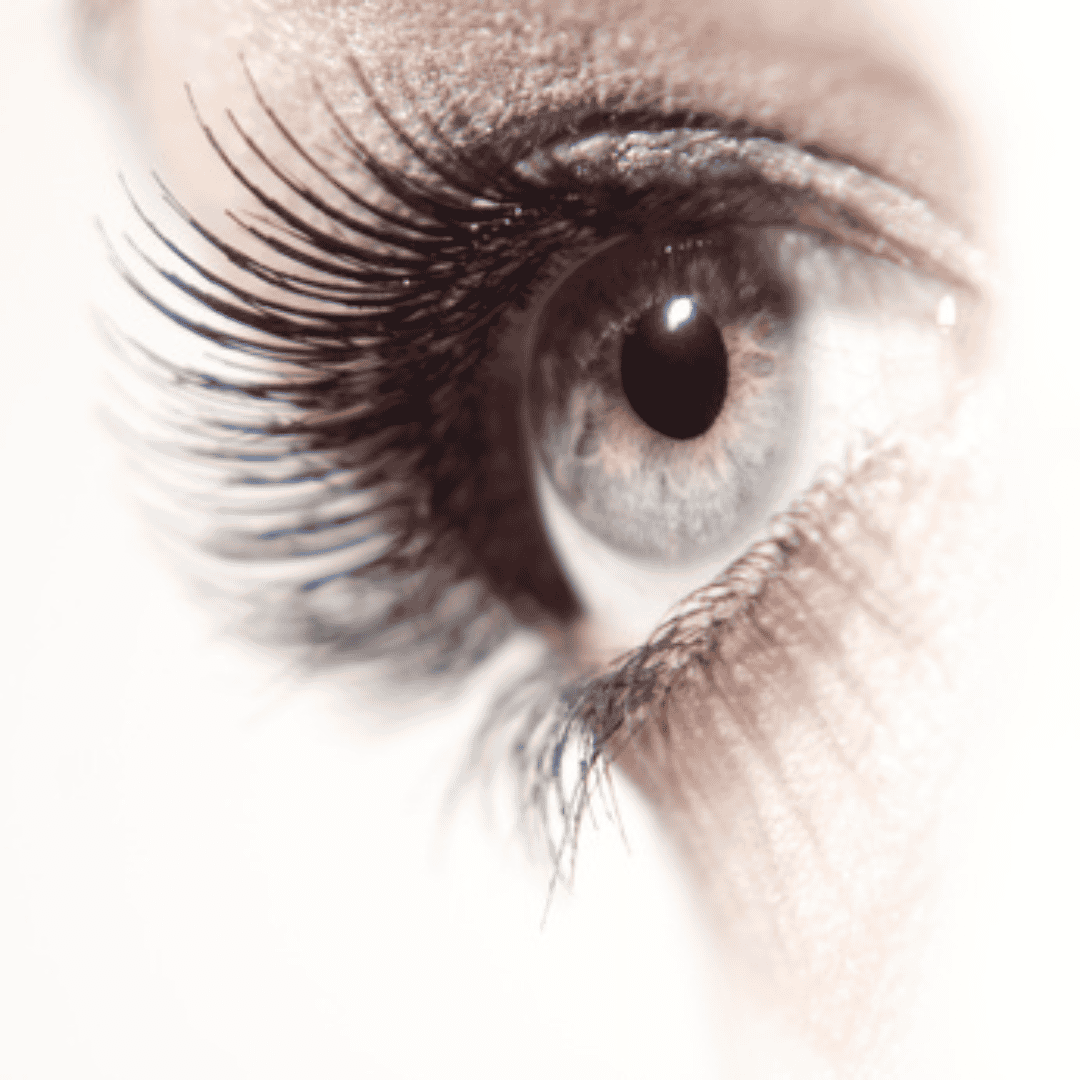
.png)
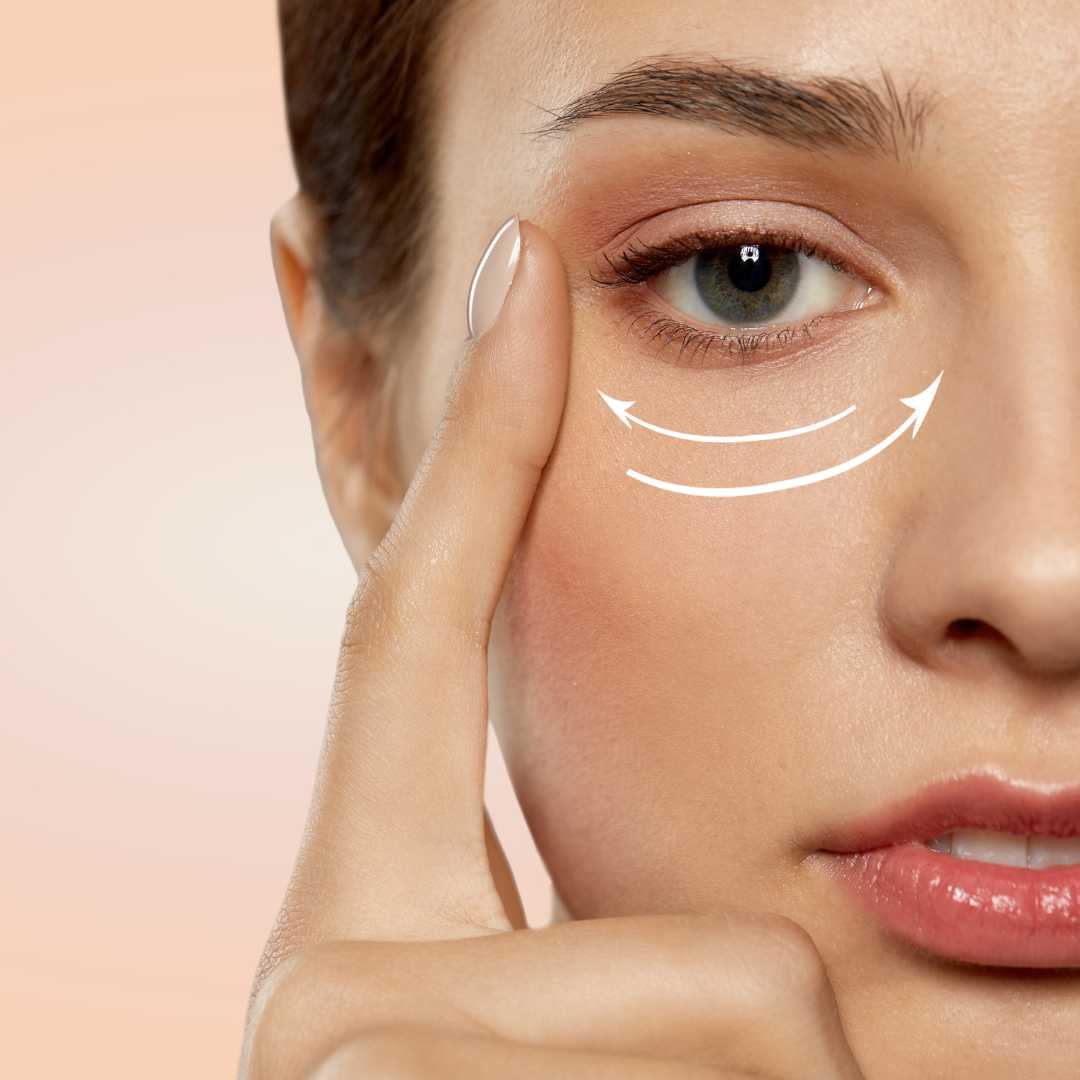
.png)






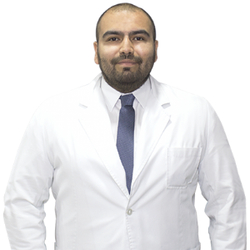
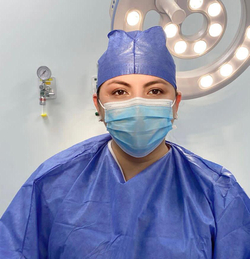
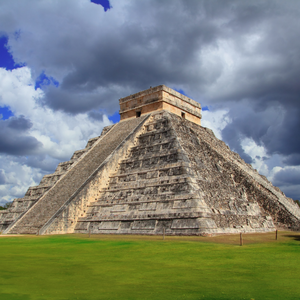






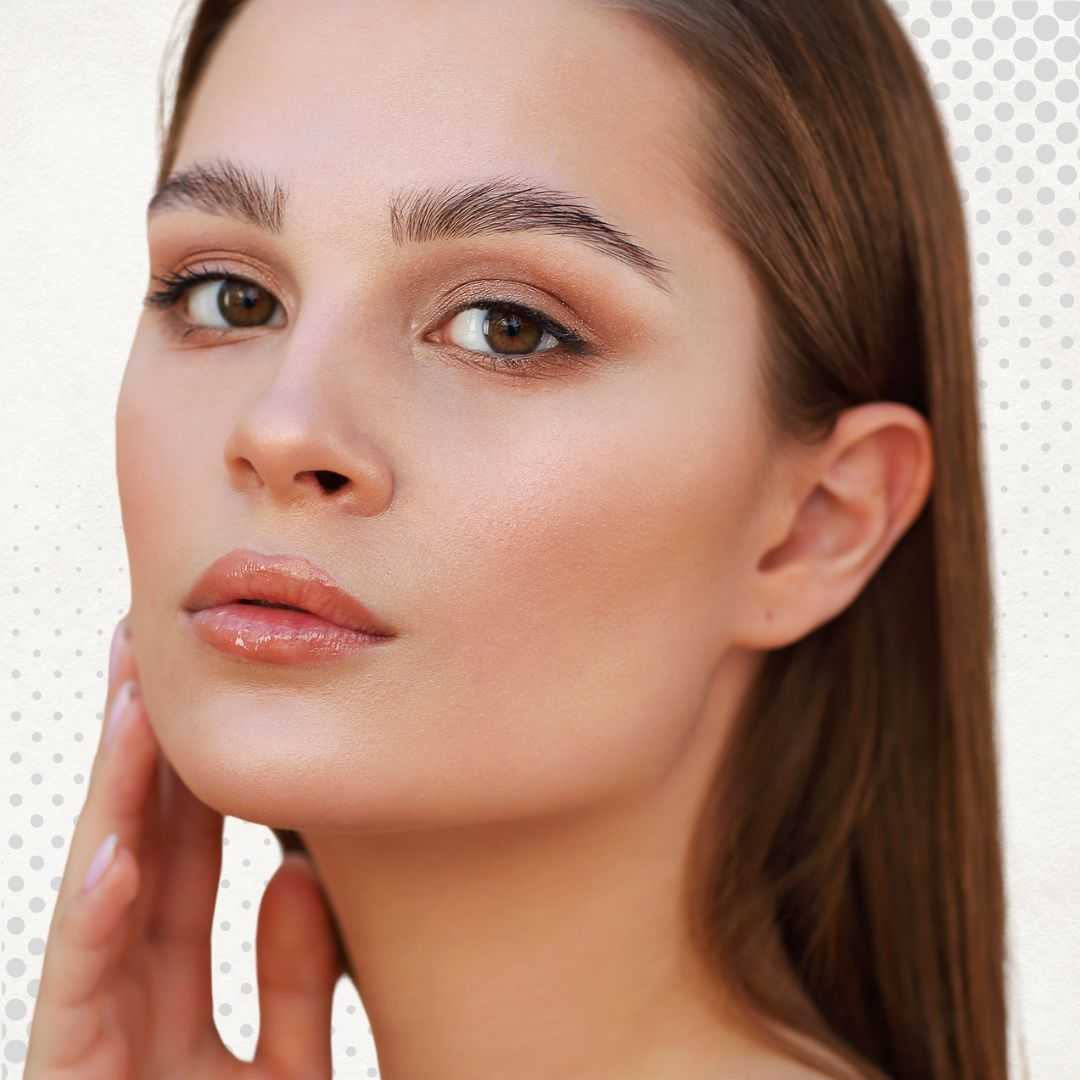





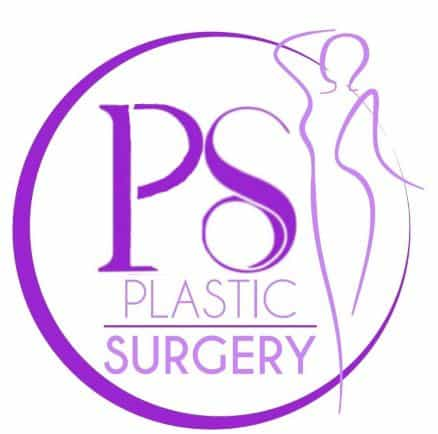
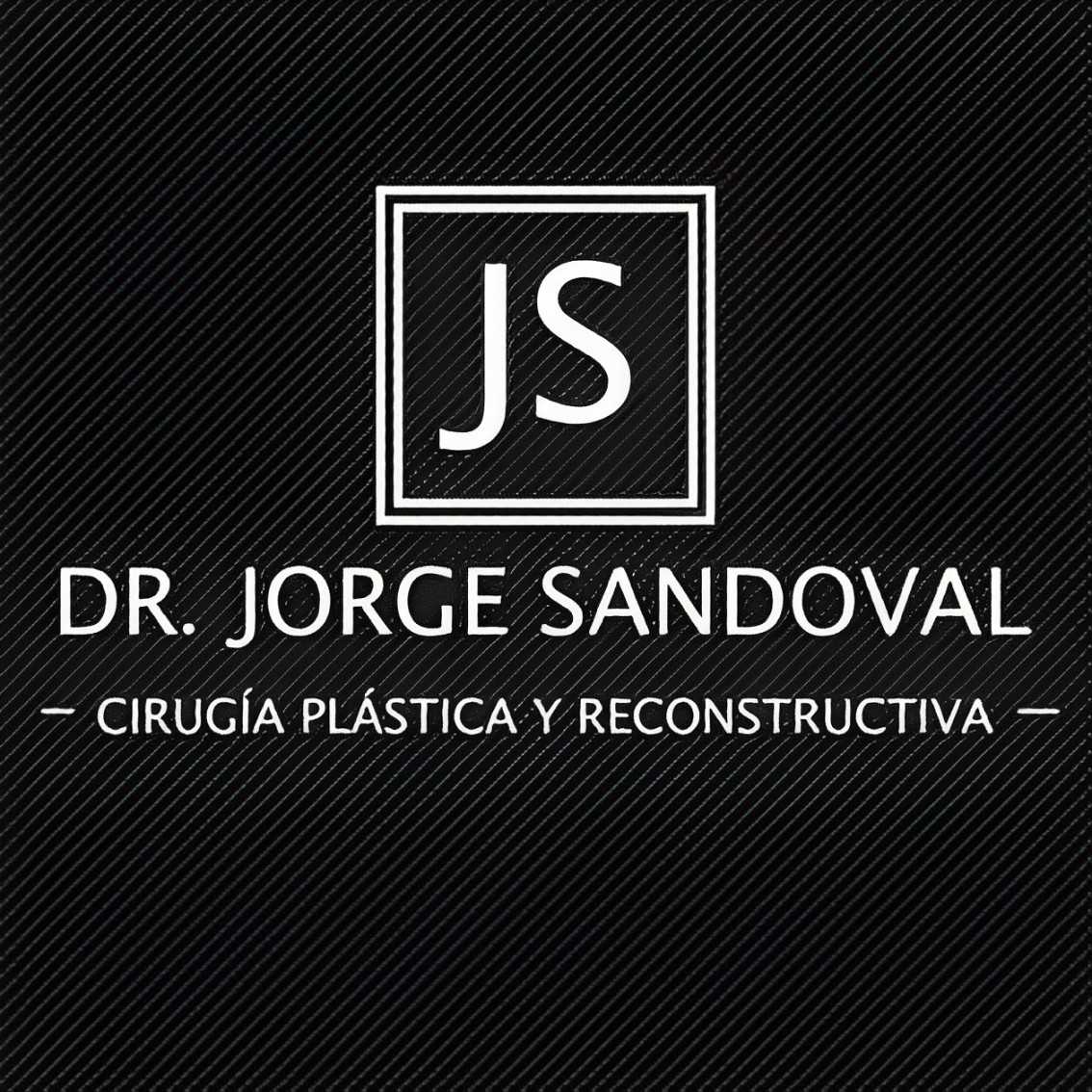
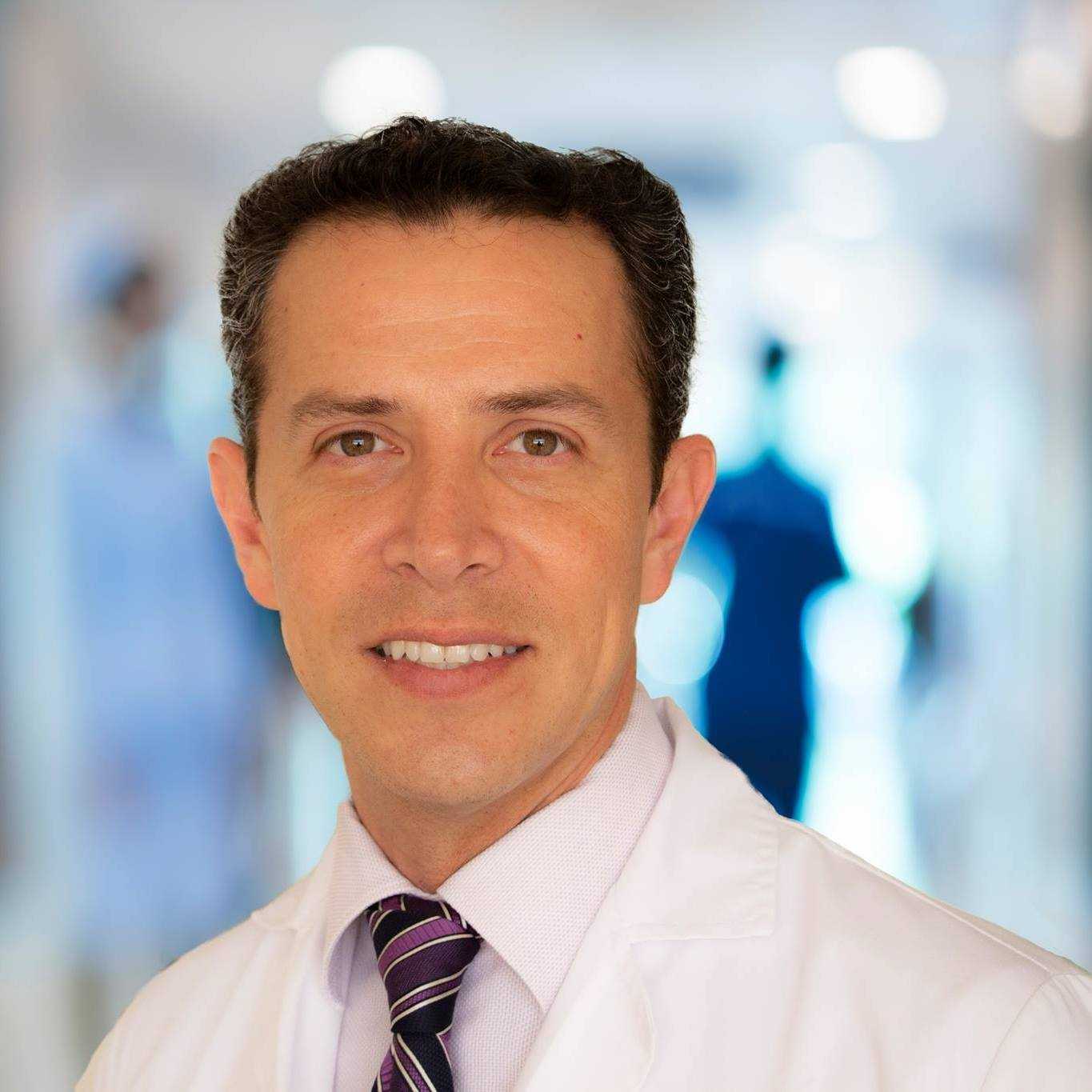

Share this listing